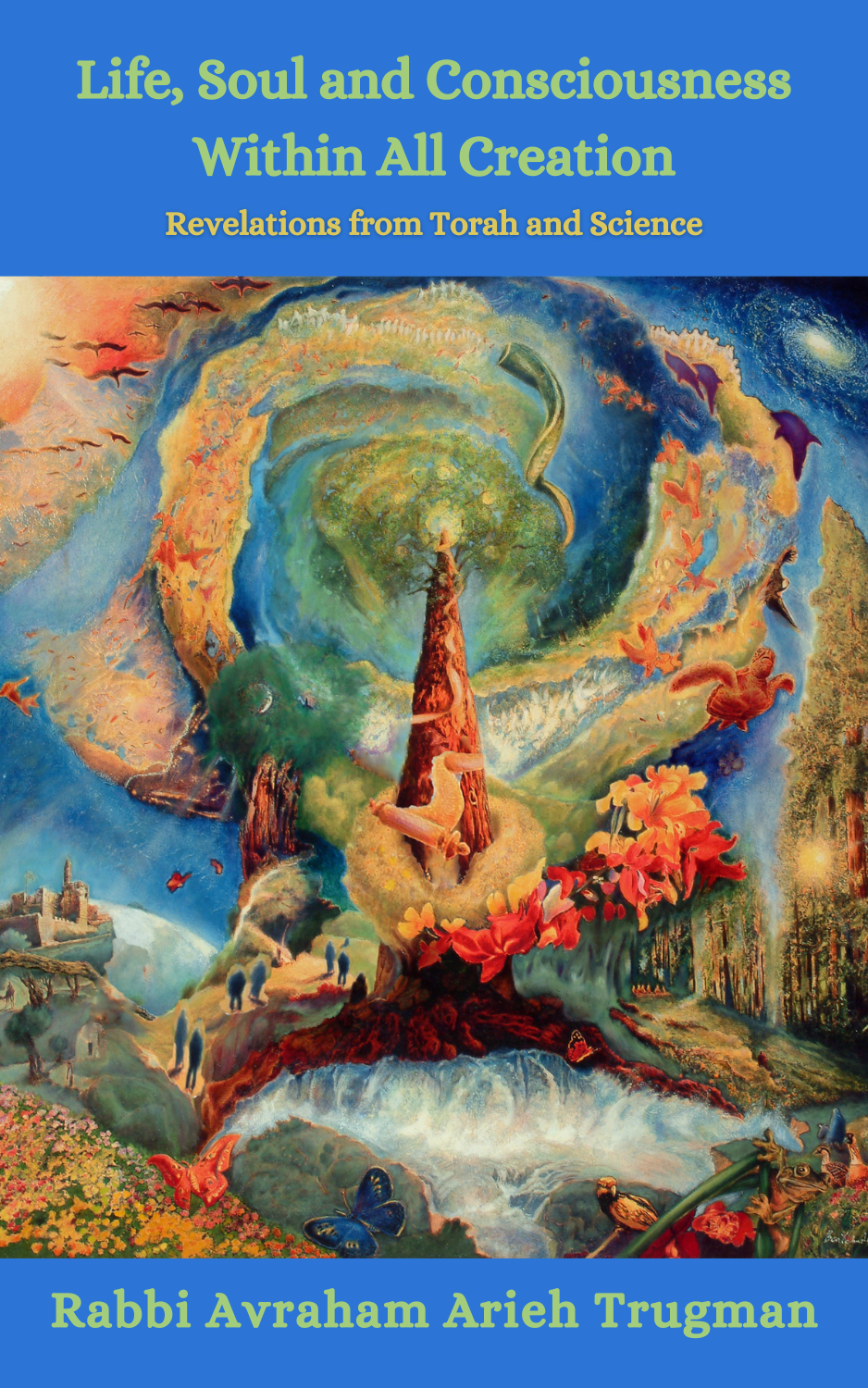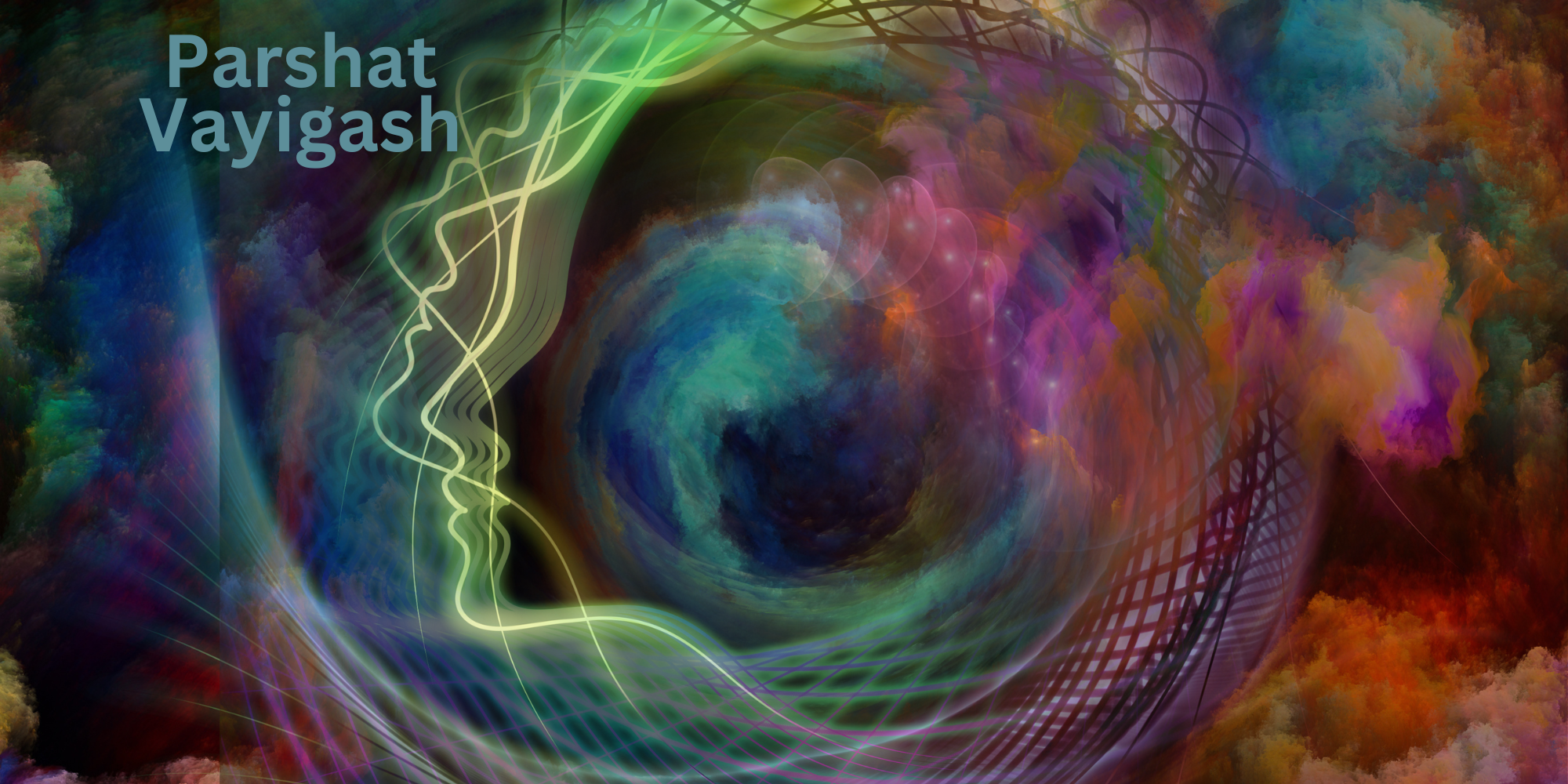In Va’etchanan, Moses once again recounts the awesome Giving of the Torah at Sinai. A key phrase that describes the event is “and the mountain was burning in fire till the heart of heaven” (Numbers 4:11). “Till the heart of heaven” was one of Rabbi Shlomo Carlebach’s favorite expressions, one he often used when trying to describe the very depths of an experience, the inner core and essence of a matter. Another favorite rhetorical question of his was, “What is higher and deeper than the Garden of Eden?” His answer: “The heavenly Jerusalem.”
Since, as we learned above, the Ninth of Av always falls the week after the portion of Devarim is read, it follows that Va’etchanan always falls the Shabbat after the Ninth of Av. This Shabbat also has a special name, Shabbat Nachamu, which is derived from the Haftorah read on that Shabbat. “Nachamu” means “comfort,” an especially fitting theme for this Shabbat as it is the first of seven consecutive Shabbats following the Ninth of Av that all echo the theme of God comforting His people by reminding them that His unique covenant with the Jewish people is eternal and that the Messianic redemption will eventually take place.
The Haftorah begins with the following verses: “‘Comfort, comfort My people,’ says your God. ‘Speak to the heart of Jerusalem and proclaim to her that her time has been fulfilled, because her iniquity has been pardoned’” (Isaiah 40:1-2). Here, God, in the words of the prophet, speaks of the “heart of Jerusalem.” According to Jewish tradition, earthly Jerusalem, in its ideal form, mirrors heavenly Jerusalem. That is why Jerusalem is different from every other city; its very nature reflects a higher, more ethereal, Divine reality. Just as Jerusalem is the Jewish people and the Land of Israel’s heart, heavenly Jerusalem is earthly Jerusalem’s heart. On a symbolic (derash) level the heart of Jerusalem and the heart of heaven can be said to be one and the same “place” or concept.
This profound connection between Jerusalem and the heart of heaven is also revealed in another prophecy: “For from Zion will come forth Torah and the word of God from Jerusalem” (Isaiah 2:3). The word of God first revealed to the people of Israel at Mount Sinai when “the mountain was burning in fire till the heart of heaven” will ultimately be revealed to the entire world from Jerusalem. Linking Jerusalem and the revelation at Sinai, the Ramban actually explains that the physical structures of the Tabernacle in the desert and the Temple in Jerusalem, as well as the spiritual service that took place in them, were an attempt to capture the awesome and unique experience at Sinai on an ongoing basis.
It is fascinating to note other connections linking fire and Jerusalem, or linking fire, Jerusalem, and Sinai. For one, the spiritual essences, “the hearts,” of Israel’s four holy cities are each associated with one of the four elements: fire, earth, air, and water. Jerusalem is associated with fire because the sacrifices and holy incense offered in the Temple were burnt and the Temple menorah was lit. Hebron is associated with earth because the patriarchs and matriarchs were buried there; Safed is associated with air because it is perched high above sea level in the rarified atmosphere of the mountains of the Galilee; and Tiberias is associated with water as it is located on the shores of the Sea of Galilee.
To understand the connection of fire to Jerusalem and Sinai on a deeper level let us delve into the meaning of fire as alluded to by its Hebrew letters. The Hebrew word for fire (aish) is made up of two letters: alef and shin. The alef is the first letter of one of the Hebrew words for air (avir) and the shin, which looks like a flame, represents fire. As we all know, fire cannot exist without an ample supply of oxygen, a gas found in the air. Hence the two letters of the word aish perfectly represent the reality we call fire.
The two letters making up the Hebrew word for fire can also be read as an acronym for earth (eretz), which begins with an alef, and heaven (shamayim), which begins with a shin. The alef (א) is formed from three distinct letters: a yud (י) above – on the upper right-hand side; a yud (י) below – on the lower left-hand side; and a diagonal vav (ו) – in the middle – simultaneously joining and separating the yuds. The alef’s form symbolizes the unity between many different pairs of opposites, and in our case, between earth and heaven.
Returning to our discussion of the relationship between Sinai and fire, the Midrash states that until the revelation at Sinai a Divine decree had prevented higher reality from descending and lower reality from ascending beyond certain points (Midrash Tanchumah, Va’eira 15). This decree was annulled at the Giving of the Torah, as the Torah recounts that “God came down on Mount Sinai” (Exodus 19:20) and “Moses approached the cloud” (Exodus 24:1). In this sense, the vav of the letter alef represents the Torah itself that unites God, heaven, and a higher reality, with man, earth, and a lower reality. From this we learn that the Torah’s purpose is to teach humanity how to connect earth and heaven, the physical and the spiritual, the body and the soul, human beings and God. That the Torah was given on Mount Sinai which was “burning in fire till the heart of heaven” teaches us that this level of connection can only be accomplished when the soul is burning with spiritual passion.
In essence this was the Temple service’s purpose: to elevate and transform the body and the lower animal soul’s fire so that it could unite with the higher soul’s natural desire to be close to God. When the Temple was destroyed, the Sages transformed the Temple service into the synagogue service we know today (see “The Tabernacle, the Temple and the Synagogue” above). The sacrifices were replaced by prayers, so that ideally speaking the altar’s fire would be replaced by the soul ignited in prayer. When Rabbi Shlomo Carlebach felt that the audience at an event or the congregants during prayers lacked enthusiasm and he wanted to inspire them, he would yell: “Friends, what’s going on here! We need more fire!”
The Torah instructs us to serve God with all our hearts (Deuteronomy 11:13). The Sages explain that “the service of the heart” is prayer (Ta’anit 2a). Just as a fire burned to the heart of heaven at Sinai, we must also “be on fire,” full of enthusiasm and spiritual passion to draw nearer to God, when we pray. Although a Jew can reach God with his or her prayers from anywhere in the world, the most conducive place for this type of Divine service is in Jerusalem, the heart of the Jewish people.
In describing the revelation at Mount Sinai, the Torah also states that God spoke from the midst of the fire. When God first appeared to Moses in the burning bush, He also spoke to him from the midst of the fire. In fact, our Rabbis have noted that the Hebrew word meaning “the bush” (haseneh) has the same root as the word “Sinai” (sinai) and both “haseneh” and “Sinai” have the numerical value of 130. That the burning bush was actually located on Mount Sinai is confirmed by God’s assurance to Moses that a sign of his mission’s success would be that “you [Moses and the Jewish people] will serve God on this mountain” (Exodus 3:12). The very mountain on which the burning bush was located is the mountain on which the people will worship God, Mount Sinai.
The experience of God’s Presence here on earth – in the burning bush and at Mount Sinai – becomes “institutionalized,” as it were, in the Tabernacle and the Temple. Although God is everywhere, His Presence is most strongly felt in these places. This was the Ramban’s point when he asserted that the experience at Sinai was reenacted daily in the Temple.
Significantly, the Torah teaches us this message in Va’etchanan, whose numerical value, 515, is the same as that of “tefillah,” the generic Hebrew word for prayer. The Hebrew word for “song” (shirah) also has the same numerical value. This series of correspondences teaches us a profound lesson: the essence of prayer is song and the essence of song is prayer. For this reason the Temple service was suffused with song and in fact the music of the levi’im in the Temple was among the Temple’s most powerful experiential elements. Prayer and song join earth and heaven and link human beings to God. Both prayer and song emanate from our hearts and have the power to lift us up to the very “heart of heaven.”







